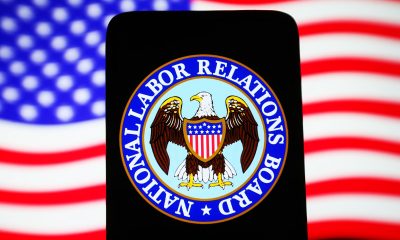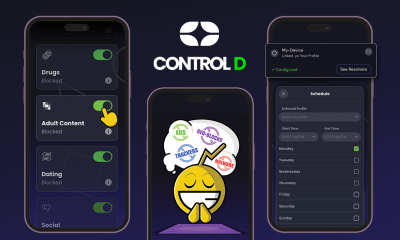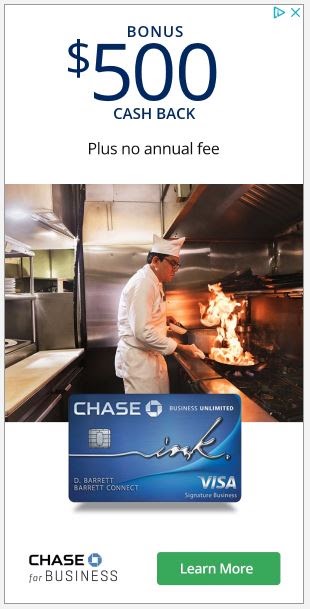Save Money
Small Savings Add Up and Here’s The Proof

Some people are “pound wise and penny foolish.” That is, they focus their savings efforts only on big items while letting small amounts of money slip through their fingers. Having tallied up my “penny savings” from last year, I can tell you that small amounts of money can quickly add up to big savings.
Last year I decided that I would keep track of the small amounts of money I made or saved. I wanted to determine if these “money savers” were really worth my time or if I should be focusing my time on other things. I tracked coupon savings, rebates/cash back, certain discounts, money made from online surveys, and spare change. Each category had some ground rules, which I’ll explain below. First, here are the savings in each category (rounded to the nearest dollar).
- Coupon Savings: $1,100
- Rebates/Cash Back: $460
- Discounts: $700
- Surveys: $300
- Spare Change: $250
- Total Savings: $2,810
Let me elaborate on the ground rules for each category and how I calculated my savings. You’ll see I did nothing special or tricky. Anyone can do this.
Coupons
The majority of coupons that I clip come from the newspaper, store circulars, or are added to my loyalty card. They are for groceries, household items, and pet goods. However, these are not the coupons that save me the most money. I don’t live near a store that doubles coupons, so I only get face value for my coupons. I’ve also stopped using as many grocery coupons because I’ve been actively experimenting with store brands and find most of them to be quite good and cheaper than the national brand. I also don’t use coupons for items I wouldn’t normally buy, unless it’s for something I’ve wanted to try. Even though grocery store coupons aren’t my biggest money saver, they still save me an average of $10 per grocery trip.
I save the most money by using coupons for online merchants, coupons that I receive in the mail or email, and coupons that I find “off the beaten path.” Coupons for online merchants are easily found by doing a Google search for the merchant and the terms “coupon” or “promo” code. I can usually find a coupon for either a percentage off the price, free shipping, or a set dollar amount off. Some sites will let you “stack” coupons and use two or more on one order. I also make sure to sign up for special deals from my favorite merchants. Some send coupons in the mail, others send email coupons. These are usually high dollar or percentage off coupons which, if I have a need at the time, save me big money.
Coupons are everywhere if you keep your eyes peeled. I get a magazine from my insurance provider that contains coupons for its partner merchants. There are coupons in mainstream magazines and trade publications. Coupons come in the ad packs you get in the mail. A lot of these “off the beaten path” coupons are high value and good for things you wouldn’t necessarily think of. For example, our veterinarian puts a coupon in the local coupon mailer good for 50% off a routine examination and it’s good for existing customers. I’m able to use one every year for our dog and it saves me quite a bit. Just keep looking and you’ll find coupons everywhere.
Rebates/Cash Back
I didn’t save much in rebates this year because we didn’t buy many big ticket items with rebates attached. But I still sent in the ones I came across and saved $80. The key to getting your rebates is making sure you follow their directions exactly, keep records of the items you submit, and know whom to contact if the rebate doesn’t come.
I saved another $380 by using credit card cash back programs. Some cards give a flat percentage of my purchases back in cash. Others have flexible cash back, offering more from certain categories/retailers at certain times of the year. Some of my cards also offer deals that work like coupons by giving cash back when you shop through their affiliate link. It’s sometimes a challenge to remember to click on that link before shopping, but a sticky note on my monitor helps me remember. Note that this is only worth it if you pay off the cards in full every month. Otherwise, you’re likely paying more in interest than you’re getting back in cash.
Discounts
This category is made up of two types of discounts that I primarily use: Rewards card discounts and membership discounts. Rewards card discounts are those that I get by using loyalty cards at grocery or pet stores, office supply stores, restaurants, etc. It seems like every store or restaurant has a card these days. (Or some form or loyalty program that gives you money off or points for free items.) Most have certain items each week that are discounted for card holders, although some offer a flat percentage off the price of your order. (Incidentally, holding a rewards card for a merchant is a good way to get coupons for that merchant.)
Membership discounts are those that I receive for being a member of certain organizations. Automotive clubs, professional organizations, insurance providers, and other organizations offer discounts if you use their partner merchants. Although I have to pay to join some organizations, I don’t subtract the membership fee from my savings because I would have joined the organization anyway. I don’t join any organization just for the discount. I join because they provide information or services that I need. The discounts are gravy.
Surveys
There are some legitimate online companies that pay you to do surveys. SurveyPolice.com keeps a listing of which companies are the most reliable and actually pay out. There are also local research companies that might need your opinion because you work in an interesting field or you use their products. Most of my survey money comes from focus groups that I’m invited to because of my job or my relationships with certain service companies, but I do make a bit of money from the online companies.
These don’t take much time to do and pay between $2 and $50, depending on the length and the company involved. (I do set limits, though. If a survey is going to be long and pay little, I don’t bother. I also stick to surveys for which I’m pre-qualified. Answering a bunch of questions only to get kicked out isn’t worth it.)
Spare Change
I don’t spend change. If I get thirty-five cents back from a purchase, I keep it and put it in my change jar. I also keep any change that I find. (I’m a champion change-finder. I seem to have a knack for finding change in stores, parking lots, and even in my own subdivision.) When the jar gets full, I roll the change or take it to the bank and use the coin sorter. The key to making the most of this is not to pay to have your change counted. Many banks will let you use their coin sorter for free if you have an account with them, but some won’t. In that case, you’re better off rolling it yourself and hauling it to the bank. Don’t use the machines in grocery stores because most keep 10-20% of your total as a usage fee.
To some people, $2,810 might not seem like a lot of money. But to me, it’s almost three mortgage payments. That’s huge to me and well worth my time, especially since this stuff takes very little effort. I’ve always saved money wherever possible, but seeing it on paper proved to me that watching these pennies really does add up. Sure, it doesn’t equate to getting a side gig or part-time job. If we were in a financial crisis these savings would help, but another source of income would be required. In that case, maybe clipping coupons, hunting discounts, and doing surveys wouldn’t be worth my time. I’d need to be out making “real” money. But given our current financial picture, saving these pennies stretches the money we earn quite a bit further and gives us more money to have fun with.
Read More:
- Baby Steps Count
- 10 Small Changes That Make a Big Financial Difference
- Surviving the $5,000 Savings Challenge
- 38 Easy Ways to Make Money on the Side
Read the full article here

-

 Personal Finance7 days ago
Personal Finance7 days agoGas prices drop as demand for driving fizzles out: AAA
-

 Investing7 days ago
Investing7 days agoCrowdstrike CEO Responds to Causing Largest IT Outage in History
-

 Side Hustles7 days ago
Side Hustles7 days agoHow to Build A Startup, From an Early Lyft, Twitch Investor
-

 Passive Income7 days ago
Passive Income7 days agoThe Top 5 AI Tools That Can Revolutionize Your Workflow and Boost Productivity
-

 Passive Income5 days ago
Passive Income5 days agoNLRB Drops Expanded Joint Employer Appeal
-

 Side Hustles7 days ago
Side Hustles7 days agoJake Paul: Mindset Hacks, Mike Tyson Fight, Embracing Fear
-

 Investing7 days ago
Investing7 days agoBoeing to supply E-7 in first major win since plea deal By Reuters
-

 Side Hustles6 days ago
Side Hustles6 days ago10 Effective Growth Marketing Strategies for Your Startup


















